Best Practices
According to IAPE standards, all gun, drug, and money evidence should be stored in an area with the following features:
- Separate alarm and video camera to monitor ingress and activity inside.
- Firearms, money, and drugs may be combined into one common secure area with three distinct storage locations.
- Storage shelf and bin identifiers should be consistent with the storage scheme of the main Property room.
- Environmental safety.
- Easy retrieval.
- Enhanced security, including an independent method of being locked
- Separate from general evidence
You can read the full IAPE Evidence Storage Professional Standards for a detailed breakdown.
1. Cage, Walk-in Vault, or Room within a Room
If your department has enough space and a large enough evidence inventory of firearm, narcotic, and valuables, then creating a separately locked closet, cage, or room within your evidence storage room may be the way to go. To comply with standards, this separately locked space should be constructed from concrete block, reinforced drywall, or lath and plaster and offer shelving organized in a way that’s consistent with the rest of your property storage. Make sure there’s no suspended ceiling access from adjacent rooms. According to IAPE, “ingress should be via a solid core door equipped with a double cylinder (keys on both sides) dead-bolt keyed separately from the main property room.”
2. Locker or Locked Cabinet
If your agency has a smaller quantity of drugs, firearms, and money, a locker or locked cabinet within your evidence room may be more suitable. Be sure to use a sturdy locker with a separate padlock on a hasp to ensure security. These Weapons Evidence Lockers & Narcotics Evidence Lockers are designed specifically to secure and organize smaller inventories of gun, drug, and weapon evidence within your property and evidence room. As a bonus, these lockers can be outfitted with standard padlock hasp or with badge-swipe or PIN-code access to allow for improved chain of custody security.
Weapons Evidence Lockers
Narcotics Evidence Lockers
3. Separately-Locked Mobile Storage Section
Many of the police departments we work with opt for high density mobile storage – shelves that move along rails in the floor to condense your storage space and increase the capacity of the evidence room. You can learn more about how this works in How to Plan for the Future of Your Evidence Storage.
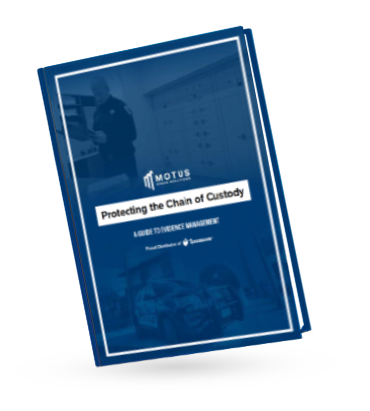
Get the Evidence Management Guide
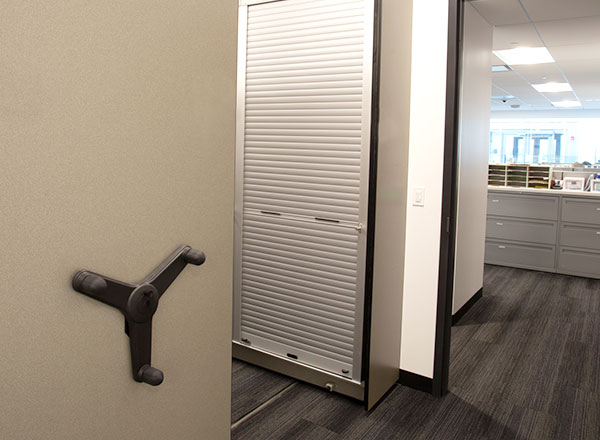
Additional Layers of Security
If you move forward with a high density evidence storage system, you can designate one shelving section specifically for the purposes of holding guns, drugs, and money evidence. This section would be separately locked, either through a PIN-code lock on a powered system, a physical lock on a mechanical assist system, or with locking tambour doors.
Looking for more information on proper evidence storage and maintaining best practices?
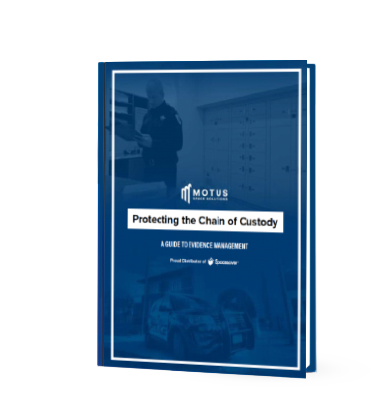
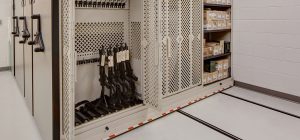
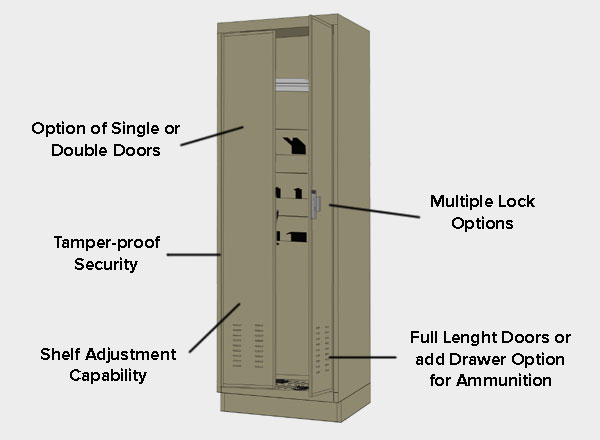
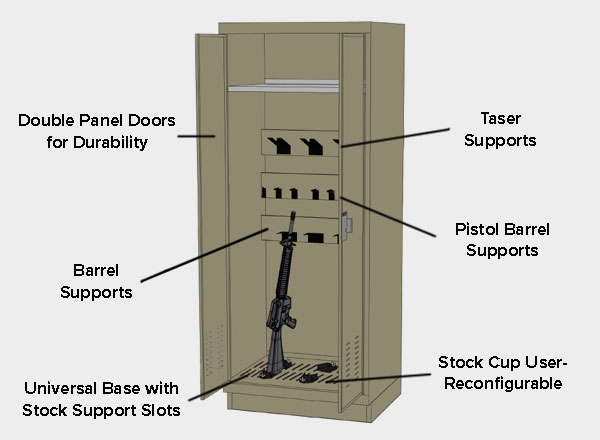
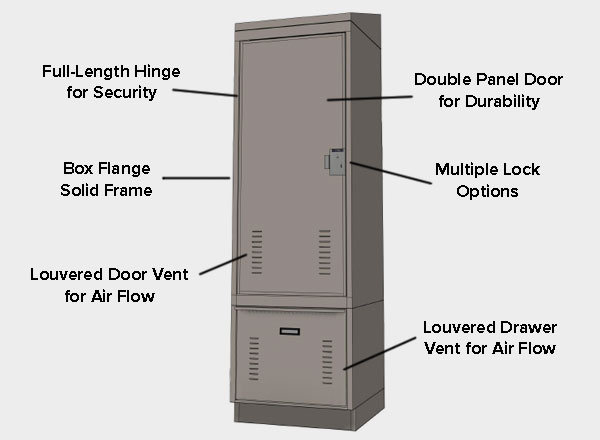
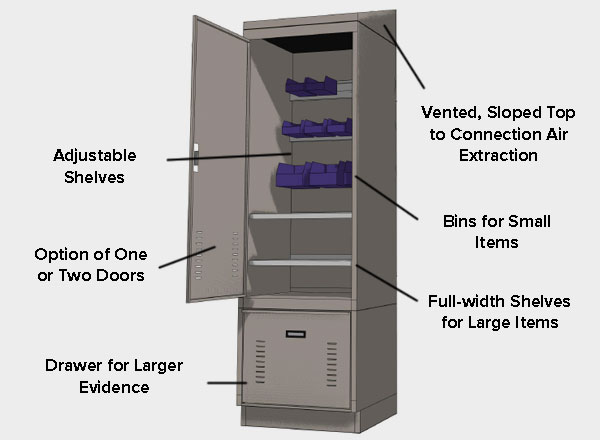
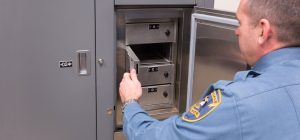


12 thoughts on “How to Secure Guns, Drugs, and Money in an Evidence Room”
Comments are closed.